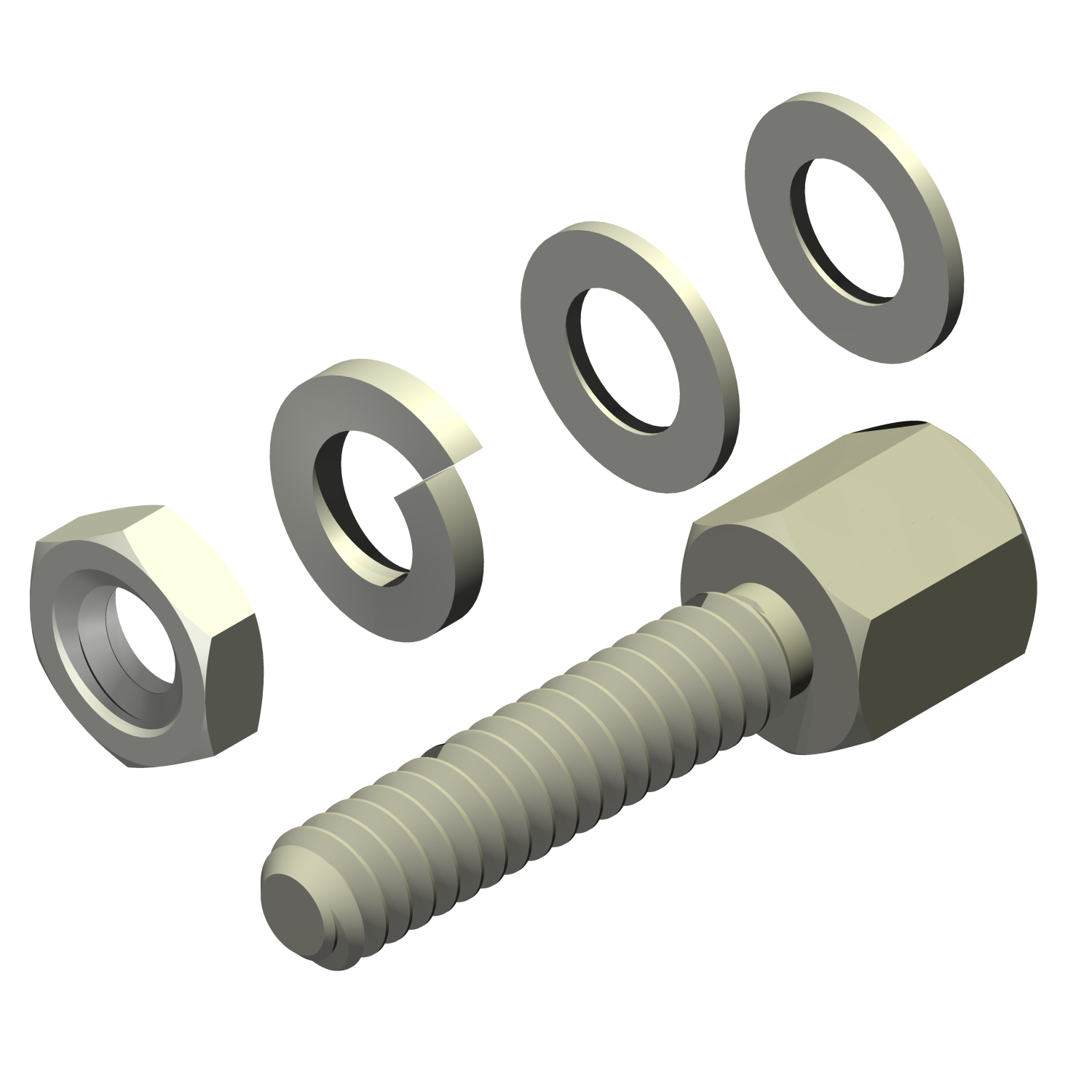If you have a cavity or an old filling due for a replacement, you may wonder whether to opt for a composite or amalgam filing. How do you decide which is material is right for you?
The difference between composite and amalgam
Composite fillings are made of a mixture of liquid acrylic resin. They are reinforced with finely ground ceramic. Composite has many benefits. It’s a non-toxic material that naturally bonds to your tooth structure. Composite makes teeth strong, durable, and less prone to breakage. Composite also provides a natural appearance, matched to the color of your teeth.
Amalgam fillings are also known as silver fillings. But they aren’t made of pure silver. Amalgam is a mix of metals including mercury, silver, tin, and copper. They are very strong and can last years. Amalgam fillings create two risks to your health. First, mercury can leak if an amalgam filling is compromised., amalgam expands and contracts. Overtime it will fail. And as the name implies, these fillings are silver in color Amalgam does not match your natural teeth.
Which type of filling material should you choose?
Both composite and amalgam fillings are used to fill cavities. Choosing which material is right for you comes down to four considerations.
- Aesthetics. For a beautiful set of teeth composite fillings, are the right choice. They are matched to your tooth color and are indistinguishable from your existing teeth. Composite is always used for front teeth and other visible teeth. It is the best choice if you want all your teeth to be uniform in appearance.
- Durability. Both amalgam and composite are extremely strong materials. In recent years resins used in composite fillings have become stronger. Now a days composites and amalgam are equally durable.
- Biocompatibility. The body has natural reactions to materials that cause allergies and toxicities. Amalgam fillings contain mercury. According to the FDA, people with multiple amalgam fillings may have higher mercury levels. But the level is considered safe. Composite fillings, on the other hand are made of biocompatible materials. Biocompatible materials are non-reactive. These materials naturally adhere to the body’s DNA. The result is teeth that are five times stronger than natural teeth. For more information, read the report from the National Center for Biotechnology Information at the NIH.
- Cost. The cost of any dental treatment varies depending on insurance coverage. Both amalgam and composite fillings are usually covered by insurance plans. Always check with your insurance company when in doubt. And don’t forget, our practice offers financing and cash discounts.
If you are looking to replace old amalgam fillings, or would like a more aesthetically-pleasing, natural-looking smile, we’re available to talk about your options.
For more information, please check out Dr. Frahm DDS.
